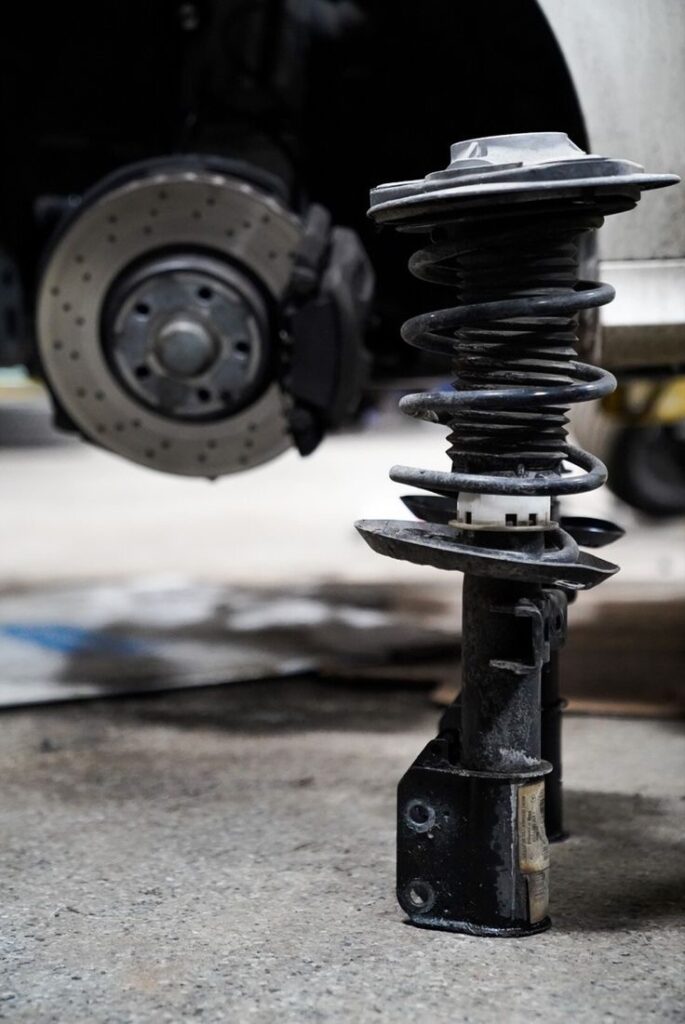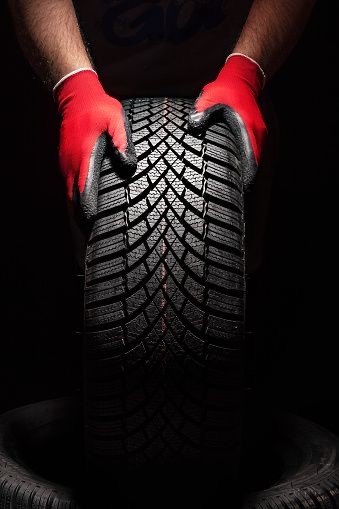Rubber, a versatile and indispensable material, plays a vital role in the automotive industry. From tires to seals, gaskets, hoses, and a myriad of other components, rubber is the unsung hero that keeps our vehicles running smoothly.
When we think of rubber in the automotive industry, tires are the first component that comes to mind. Tires are the literal connection between the vehicle and the road, and their design and quality are critical for safety, performance, and fuel efficiency. Rubber’s unique properties, such as elasticity and resilience, make it an ideal material for tire manufacturing.
The intricate combination of natural and synthetic rubber, reinforced with steel and fabric, makes up tyres. This combination provides a smooth and steady ride by having good grip, being durable, and having the capacity to absorb shocks and vibrations. Additionally, tyre producers are always coming up with new ideas to increase rolling resistance, which lowers fuel usage and greenhouse gas emissions.
Rubber gaskets and seals provide an essential defence against leaks and pollutant ingress. They are utilised by the engine, gearbox, brakes, and other parts of the car. Rubber’s capacity to create a tight, flexible seal is crucial for keeping coolant, oil, or other fluids from escaping and guaranteeing the smooth running of several systems.

In particular, the engine relies on rubber gaskets to preserve the integrity of the cylinder head, combustion chamber, and other important parts. Rubber is a dependable material since it is heat- and compression-resistant, and these gaskets are subjected to high temperatures and pressures.
Rubber belts and hoses are crucial parts that distribute power and fluids throughout the car. Rubber hoses are used in engines to transfer coolant, air, and other fluids, keeping the engine running efficiently and at the proper temperature. Because rubber is so resilient, these hoses are made to endure high pressure and temperatures.
Rubber belts, which include serpentine and timing belts, transfer engine power to vital parts such as the water pump, alternator, and air conditioner compressor. To function well in tough circumstances, they need to be both robust and adaptable.
Rubber is also utilised in automobiles to lessen noise and vibrations. Certain parts, such suspension bushings and engine mounts, can isolate vibrations and provide a quieter, more comfortable ride. These rubber elements prolong the life of other car components while improving passenger comfort and safety.

Insulation and rubber weather stripping are essential for shielding the car from the weather. Weather stripping keeps air and moisture out of the cabin, improving comfort for passengers and protecting the electrical and electronic systems of the car. Rubber-based insulation materials assist regulate the interior temperature and noise level of the car, making for a comfortable ride.
Although rubber has long been a vital component of the automotive industry, there are environmental issues to consider. Since rubber trees are the source of natural rubber, the rubber industry is concerned about deforestation. To lessen the impact on the environment, initiatives are being made to support synthetic rubber substitutes and sustainable farming practises.
The role of rubber in the automotive industry is vast and indispensable. From tires that keep the vehicle on the road to seals, gaskets, hoses, and numerous other components that maintain the vehicle’s integrity and performance, rubber is a cornerstone of automotive manufacturing. As the industry strives to become more sustainable, innovations in rubber sourcing and recycling will continue to play a significant role in shaping the future of automobiles.
Sources
- https://www.casertainc.com/blog/rubber-seals-automotive-industry/#:~:text=Automotive%20rubber%20products%20play%20an,contamination%20from%20moisture%20or%20dirt.
- https://www.primasil.com/media/1173/primasil-automotive-brochure-web.pdf
- https://www.sujanindustries.com/how-rubber-products-are-transforming-the-automotive-industry/




